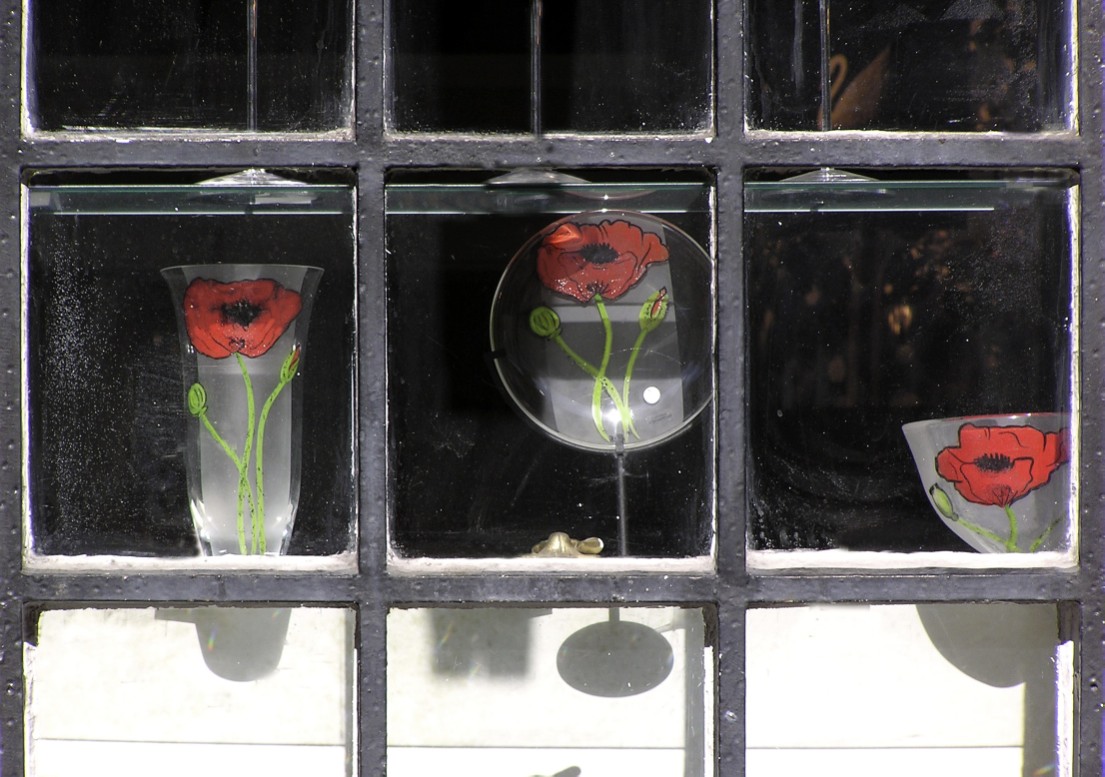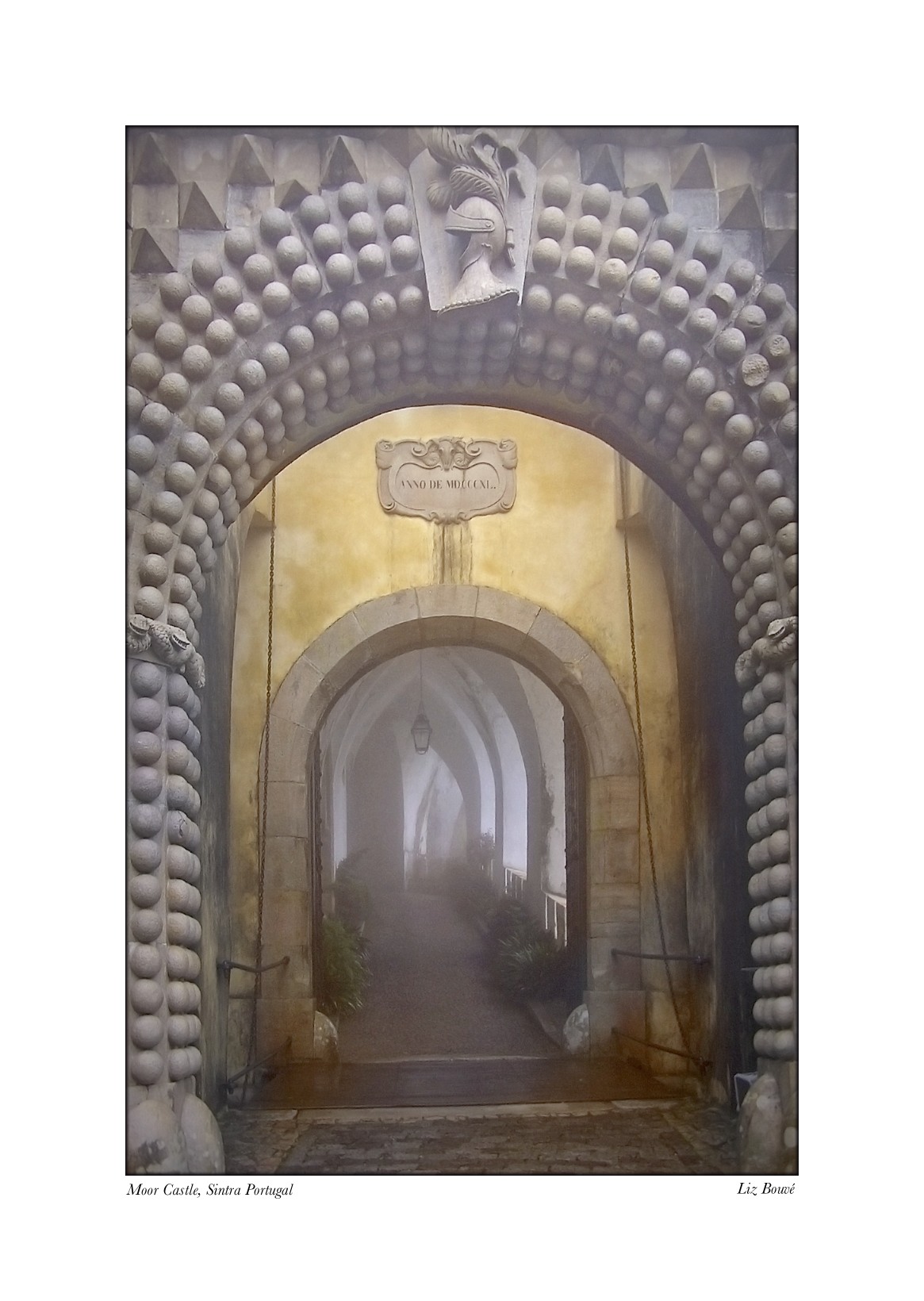
Participants in encounter groups or related training programs often drew lifelines or family shields. They used finger painting to discover something about their internal life themes. Other human relations training programs range from climbing mountains or sitting beside lakes (to relate one’s own inner states to that of the mountain or lake) to the use of exercises in “ropes programs” that physically challenge participants (triggering intrapsychic issues such as personal courage and interdependence). There are also human relation programs that focus entirely upon one’s inner life, without the use of any external events. These workshops often involve very quiet exercises that focus on journal writing and contemplation (notably in the Jungian-based Progoff workshops).
In each of these diverse human relations workshop activities, participants find themselves in an environment or help to create an environment that is filled with trust and support. Firmly established norms encourage the candid sharing of thought, feelings and images (Quad One) that come directly out of one’s unconscious world (Quad Four). We find a similar dynamic operating in the Tavistock (British School) programs, though emphasis is placed in these programs on the public sharing of unconscious material (basic assumptions) that has been generated by and plays a powerful role in the life of the group (rather than personal unconscious materials).
In more “normal” settings we find this scenario played out among those people who appear to be spontaneous or even foolish in their sharing of material that has just emerged from Quad Four. We allow (and even encourage) this spontaneity in artists of all kinds, whether they be visual artist, playwrights or poets. Comedians are also allowed and even encouraged to openly share newly emerging Quad Four material. Robin Williams, Jonathan Winters and the cast of a television show called “Whose Line Is It Anyway” come immediately to mind as skillful impromptu comedians.
Through their use of deep-acting (Stanivlovsky) techniques, we also see this occur among actors and even (as I mentioned in a previous essay) among flight attendants, bill collectors and other people who learn to “manage their heart.” There is much less admiration or support when this immediate movement of Quad Four material into Quad One is enacted in most other settings. We don‘t appreciate this type of spontaneity and openness among those working in a business setting, in a commercial interaction, or in most other public settings. We allow people to regress to a more primitive state at a football game, during a Marti Gras celebration, or at a New Years Eve celebration, but still expect them to restrain their behavior. We usually don’t expect them to explore and share their “inner child” while rooting for their home team or celebrating.








